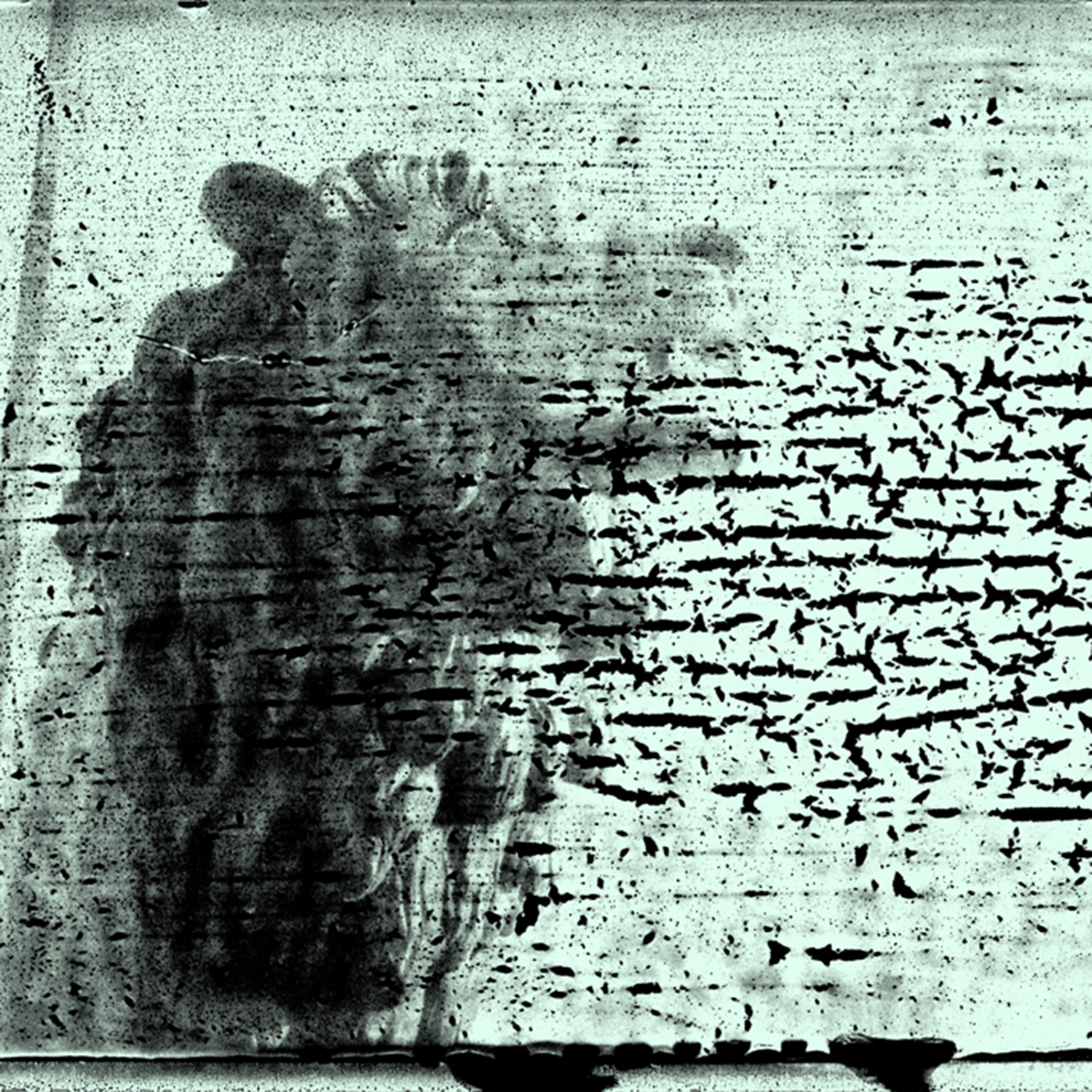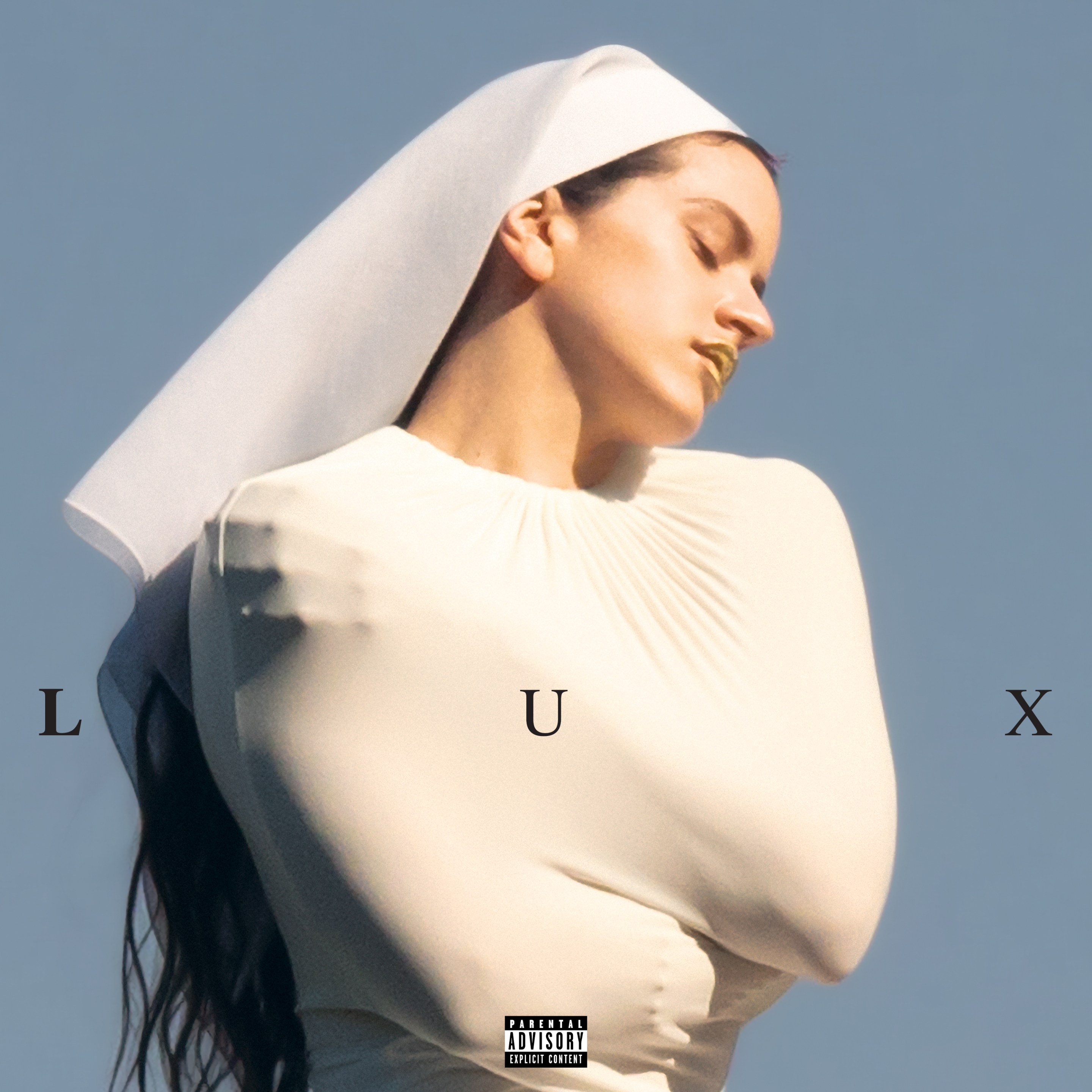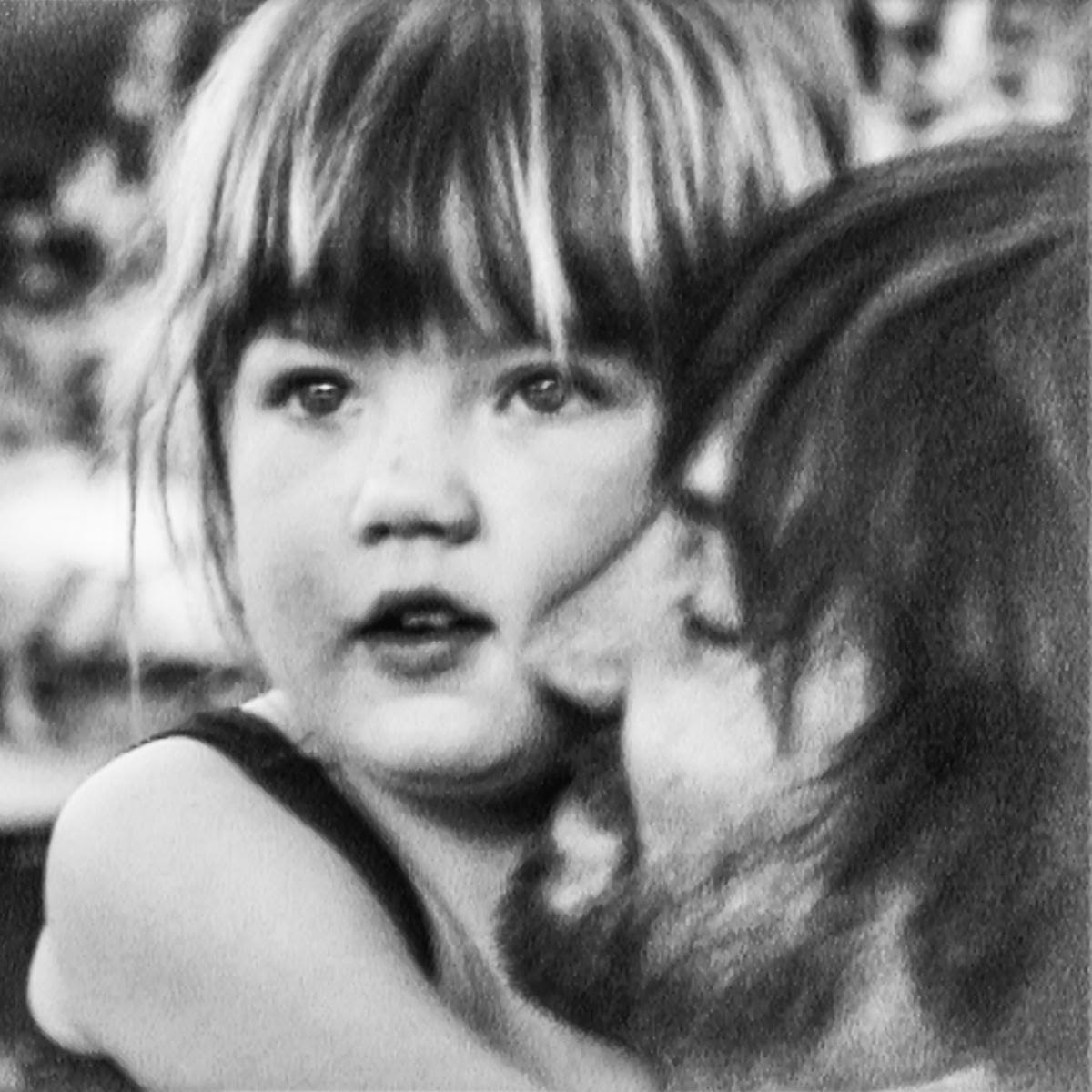The Smashing Pumpkins defy easy narratives, but it seems safe to say the band's "classic era" ended as soon as its "classic lineup" fractured. The Pumpkins' immortal first three albums -- 1991's Gish, '93's Siamese Dream, and '95's Mellon Collie And The Infinite Sadness -- were at least superficially created by the quartet of Billy Corgan, James Iha, D'arcy Wretzky, and Jimmy Chamberlin. After that, things fell apart. The Pumpkins' first parting with an original member came in 1996, and since then, the band has released five rather mortal albums, credited to four different lineups. The only consistent presence has been Corgan. In theory, the supporting cast should have been irrelevant. Even when the band's original lineup was intact, Corgan downplayed his bandmates' involvement in the Smashing Pumpkins' studio output. He famously played "nearly all" the guitar and bass parts on the band's first three albums, ostensibly rendering Iha and Wretzky little more than props to populate photo shoots. But looking back with a couple decades' hindsight, that storyline seems implausible or incomplete: The records provide ample evidence; the falloff in quality after Melon Collie was substantial. So what happened? What was the key ingredient that went missing? When did Corgan lose the plot, and why?
It's easy enough to excuse or explain 1998's Adore: In 1996, Corgan fired Chamberlin, and while Corgan could do lots of things, he couldn't play drums, and no machine could adequately stand in for Chamberlin, one of the great rock drummers in history. But the truth is, Adore doesn't really need excuses or explanation. It may not be as good as the Gish/Siamese Dream/Mellon Collie triad, but at worst it's a weird, failed, beautiful experiment, and even that's a pretty harsh criticism: A lot of people really love that record. But after that ... I mean, really, what happened? Because Chamberlin came back, and then things really fell apart. Wretzky left the band in 1999, during the making of the two MACHINA records (both released in 2000), and Iha never came back after Corgan dissolved the band in 2000, even though Corgan and Chamberlin reunited under the Smashing Pumpkins banner in 2007 to release Zeitgeist. Whether due to Wretzky's absence, Iha's absence, some combination of the two or something else altogether, the magic was obviously gone: The MACHINA records and Zeitgeist are a Bizarro World simulacra of the Smashing Pumpkins -- even if you combine the best songs on all three of those albums, you still don't have a collection as good as the band's 1994 B-sides collection, Pisces Iscariot. The 2010 Teargarden By Kaleidyscope EPs -- the first music released by the Smashing Pumpkins after Chamberlin's second exit -- are worse still: When I first heard that set's inaugural volume, 2010's Songs For A Sailor, I started wondering if Corgan had lost not his muse, but his mind.
Since Chamberlin's last departure, the Pumpkins have comprised Corgan and a small rotating cast of other musicians (Jeff Schroeder, Mike Byrne, Nicole Fiorentino, Mark Tulin, Kerry Brown); that incarnation of the band has released one album, 2012's Oceania. Oceania was a strong comeback, but it was more reassuring than essential -- it was no Melon Collie, but it also wasn't Zeitgeist. It indicated that Billy Corgan at least knew what to do to make his audience happy: write new songs reminiscent of his old songs, with a new drummer (Byrne) who sounded a whole lot like the old drummer. I submit that a middle-aged Corgan could have adopted this as a sustainable strategy to keep the Smashing Pumpkins in favorable reviews and on the touring circuit for the next three decades. The band's 2014 album could have been Oceania 2, and while few would have celebrated such a maneuver, no one would have complained. Instead? Corgan fired Byrne, hooked up with motherfucking TOMMY LEE to play drums, and together (along with guitarist Schroeder) they wrote and recorded Monuments To An Elegy.
And I know, this should not be possible, but here we are just the same: It's the best Smashing Pumpkins album since Mellon Collie.
SOME CAVEATS! I said the same thing about Oceania in 2012, and I meant it then, too. Full disclosure: I don't like Adore. If you love Adore, you will disagree with my claim, and that's fair. Also: While calling something "the best Smashing Pumpkins album since Mellon Collie" might seem like some impossible hyperbole, it's really kinda faint praise. There are hundreds of albums released every year that are better than the MACHINA records, Zeitgeist, and Oceania.
But here's the thing: I think Monuments To An Elegy is a lot better than those albums. I think it's better than Zwan's Mary Star Of The Sea, an album I love. It's a whole hell of a lot better than Corgan's 2005 solo album, TheFutureEmbrace. It's not a curiosity by a fallen genius or a quaint reminder of the good old days -- it's just a really good album that I have listened to pretty much non-stop for the past two weeks; an album that deserves your attention on its merits.
Here's the other thing: It basically came out of nowhere. There's no other album in Corgan's catalog that even feels similar to this one. If Oceania was Billy Corgan trying to recreate a bunch of sounds from the three classic Pumpkins records, Monuments is Billy Corgan just trying to write alternate versions of "1979" and "Hello Kitty Kat." And let me tell you something: That is a good look for Billy Corgan in 2014. Monuments is the shortest album in the Pumpkins' catalog by a substantial sum: It's got nine songs total, and only one of those songs cracks the four-minute mark ("Run2me," at 4:09). Its total running time is 32:35; by comparison, six of the Pumpkins' eight other albums are more than an hour long. It is, in its way, a pop album. It's never ponderous or dour or oppressive. It comes out charging with "Tiberius" -- the band's best song in almost two decades -- and while it varies in tempo and tone (mostly between rockers and ballads), it pretty much just piles on the hooks from there.
To be clear, Monuments is not a flawless album, and at times it may even be an unsatisfying one. Corgan has never been a gifted wordsmith, but at his best, he wrote scathingly confessional lyrics that were oblique but inviting. Nearly everything here, on the other hand, is vague enough to feel like a placeholder waiting for a real lyric. These are silly love songs with neither depth nor detail. That emptiness, combined with the album's brevity, can make the whole thing feel foamy and insubstantial -- and that feeling is magnified by the fact that a couple songs here just fall short (FWIW I think "Being Beige" sounds better in the context of the full-length than it did as lead single, but "Monuments" and "Run2me" are pretty skippable). About half of the thing is Totally Great ("Tiberius," "Anaise!," "Drum + Fife," "Anti-Hero") and the other half is mostly just Really Good.
Throughout, though, Monuments simply revels in electric, addictive sound. This is the synthiest Corgan album since TheFutureEmbrace, and the synthiest Pumpkins album since Adore, but where those albums plumbed the goth-y, post-punk darkness of New Order and Depeche Mode, Monuments deals in the brighter side of New Wave: the Cars, Duran Duran, Cyndi Lauper's She's So Unusual. It's not absent guitars, though -- it just balances the two instruments. And that may seem like a fairly simple balance to achieve, but Corgan's history to this point has suggested an inability to satisfyingly find it. But here? Here he zoned in on it with near-perfect precision.
Which brings me back to the question posed at the top of this review: What happened? If Billy Corgan is an auteur -- a tyrannical, controlling perfectionist -- then why does his output seem so inextricably connected to his bandmates? And if the answer to that question relates to some intangible, inexplicable chemistry, then how crazy is it to consider the fact that motherfucking TOMMY LEE was the man to bring out this side of Billy Corgan? I mean ... Tommy Lee?
Scoff if you like, but Lee deserves real credit, here -- not just for being in the room, a bro and a coach whose mere presence somehow drew the best riffs out of Corgan, but for bashing like a badass behind the kit. When Jimmy Chamberlin was in the Pumpkins, he played drums like a sniper artfully perforating moving targets with a semi-automatic. Lee plays he's firing a bazooka at a billboard. It's not a better approach -- and no one is arguing that Lee is a better drummer than Chamberlin -- but my god, it works here.
I actually have a theory: Lee and Corgan aren't young men, and they know their glory days are behind them. They know they have reputations as fuck-ups and weirdoes and nutballs. So they came into the studio together, and quickly recognized in each other a sense of urgency, frustration, hunger. But a fearlessness, too; a wisdom. They saw this as a chance to do something that wouldn't conform with the narrative -- something that might not match their musical heights, but wouldn't pander. It was an opportunity that existed in the moment. A decade or two ago, they might have let that opportunity pass, might have assumed such a moment would present itself in the vast, infinite future. But in 2014, with the half-century mark in one man's immediate sights and the other's immediate rearview, they recognized the need to act on the opportunity, take hold of the moment. They sat down and they didn't fuck around and they made a record that rocked, a record that would shut people up or at least make people think twice about talking shit.
I don't know if that's what happened but I like to imagine that's how it went. It doesn't really matter. The plot was lost a long time ago. But Monuments To An Elegy doesn't need a story. It's got songs.
//
Monuments To An Elegy is out 12/9 via Martha's Music, but you can stream it right now.






